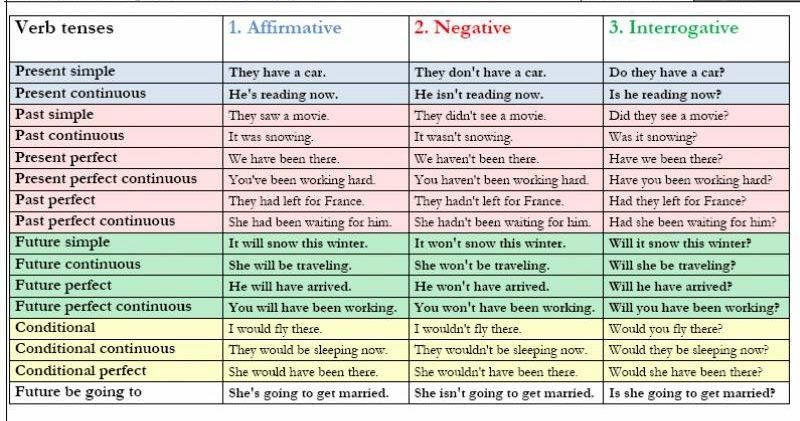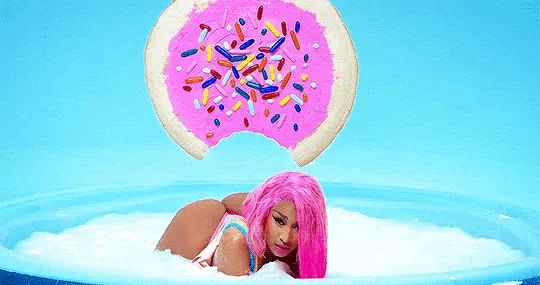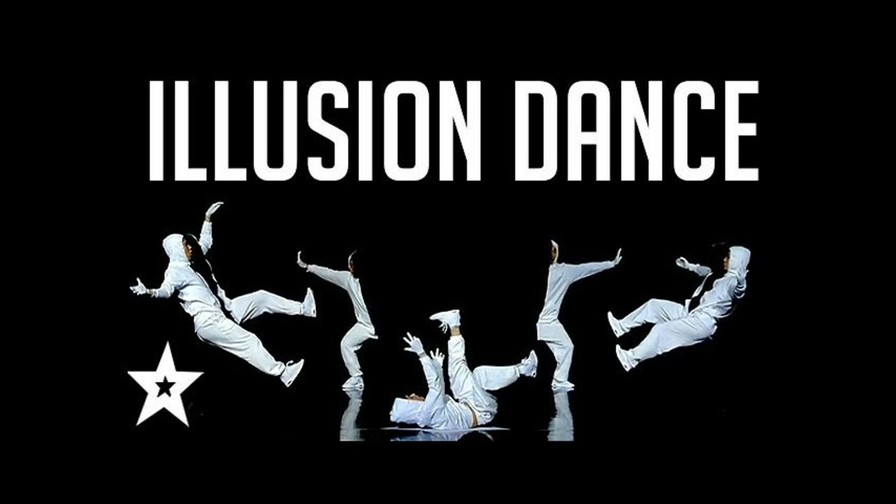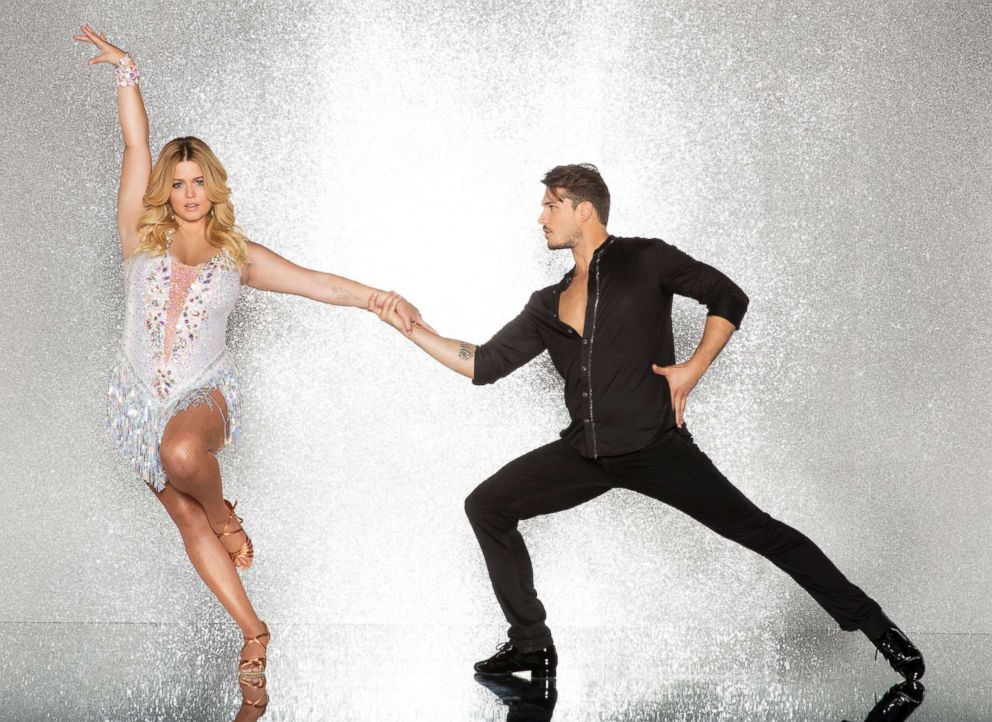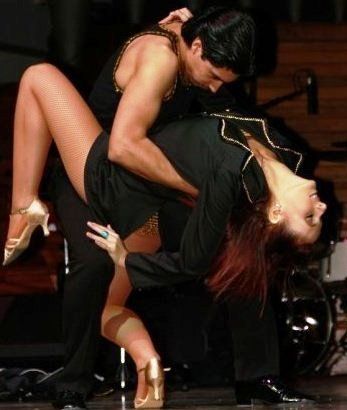How many different types of dance are there
28 Different Types Of Dance From Around The World
Dance has been part of our culture for thousands of years. There are many forms of dance performed all over the world today, from ballet to ballroom and salsa to street. Most of the dancing we now see is about recreation and self-expression, and it’s also an enjoyable way for people of all ages, shapes and sizes to stay fit and healthy.
International Dance Day is celebrated on 29th April every year on the birthday of Jean-Georges Noverre, the creator of modern ballet. The intention of the International Dance Day Message is to celebrate dance, revel in the universality of this art form, cross all political, cultural and ethnic barriers, and bring people together with a common language - dance. This article will explore the different types of dance, with a look at how they’ve evolved into the well-known dance genres we know today.
What role does dance play in our society?
Dance has always been a part of human culture, rituals and celebrations. It’s an amazing art form that promotes creativity, as well as healthy minds and bodies. There are three main roles of dance in society today. These include:
- Ceremonial dance: These are dances created or performed for rituals or celebrations. Ceremonial dance is used all over the world for worship, or to celebrate life events. The unique British tradition of Morris dancing, for example, is performed at seasonal festivals and holidays to banish the dark of winter, celebrate the warmth and fertility of summer, and bring in autumn's golden harvest. The category of ceremonial dance also includes classical Indian dances, war dance, corroboree, Căluşari, and dances of Native American and West African culture.
- Dance for recreation: This is any form of dance that is for entertainment, fitness or fun. Also known as social dancing, it uses dance without too much structure, as a way to let loose and express your own individual personality. The goal is for dancers to focus less on form and technique and more on the joy they feel from dancing.
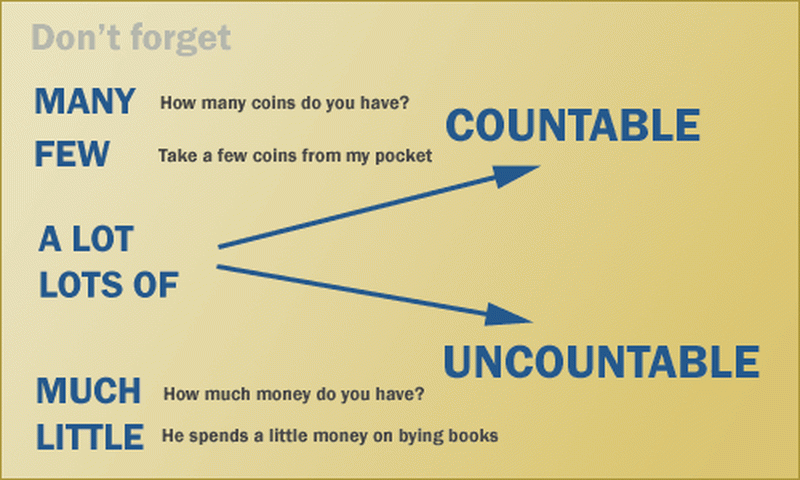 Examples of recreational dance include ballroom, line dancing, aerobic dance, or dance as a hobby.
Examples of recreational dance include ballroom, line dancing, aerobic dance, or dance as a hobby. - Artistic expression: This is dance created with the intent to express or communicate emotion, feelings and ideas. It’s usually performed in a concert or theatrical setting to an audience, and includes forms such as ballet, tap dance and modern dance. It uses rhythmic, partterened, or improvised body movement, and it’s one of the oldest art forms found in every culture around the world.
Dance is the same in any language. It’s a way to express yourself through non-verbal communication; through facial expressions, posture and body language. This makes dance a truly universal art form which is used to tell stories and share ideas. It breaks down language barriers and open doors for communication across different cultures.
What are the health benefits of dancing?
Dancing is a great way to get fit and stay healthy. People of any age and ability can use dance to improve fitness, muscle tone, strength and endurance, and it’s a great way to make new friends too.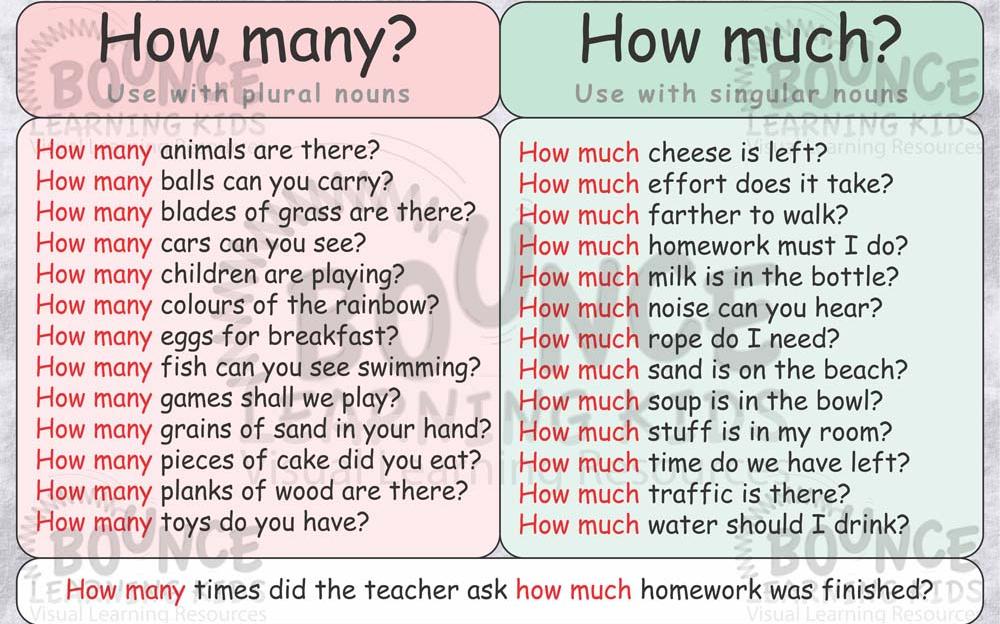 Here are some of the physical and mental benefits that can be associated with dancing:
Here are some of the physical and mental benefits that can be associated with dancing:
- Healthier heart and lungs
- Improved muscle tone and strength
- Increased endurance and aerobic fitness
- Better coordination, agility and flexibility
- Improved balance and spatial awareness
- Stronger bones and reduced risk of osteoporosis
- Greater self-confidence and self-esteem
- Weight management
- Better social skills
Dance can also help to increase circulation, decrease blood pressure, reduce stress, and it can also help develop gross motor skills in children.
What are the different types of dance?
There are many many different types of dance which are performed all over the world. Over the years, different dances have changed, merged and evolved to create the genres we know today. And each genre can be broken down into further subgenres. Let’s take a look at where some of the most popular types of dance originated, and how each plays a part in modern culture.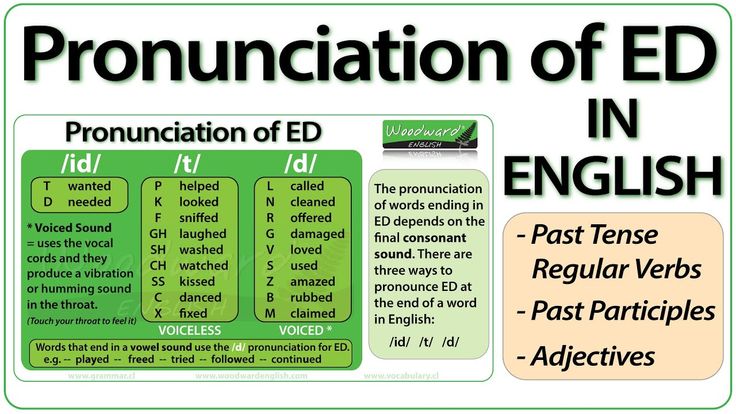
Originating in 16th century France, ballroom dancing is the name given to a set of partner dances, which are enjoyed both socially and competitively around the world. The term ballroom comes from the Latin and Italian words, “ballare” and “room,” which referred to the dance hall. Subsequently, the word “ballroom” came to refer to both the hall and the activity.
In 1650, the Minuet was introduced to Paris, set to music by composer Jean-Baptiste Lully. It was danced by King Louis XIV in public, and so the Minuet dominated the ballroom until the end of the 18th century. Ballroom dance was introduced in England as German waltz in 1812, and it became popular with the upper and elite classes of society in balls and parties. Ballroom dancing flourished in the 20th century along with the jazz era and big band. In 1995, ballroom dancing became an Olympic sport, encouraging many people to enter into dancesport. And a number of well-known television shows have helped to introduce the genre to a new generation.
Different types of ballroom dance include:
1. WaltzA slow and graceful partner dance introduced in the mid-19th century, it was greatly popularised by the music of famous composer Johann Strauss. Today, the waltz is the most famous dance in ballrooms around the world.
2. Viennese WaltzThis is the name given to the original form of waltz, first performed at the Italian courts. It’s much faster than the more famous “English Slow Waltz”, and it was the first genre of dance to introduce “closed hold” between performers.
3. Cha-ChaThis incredibly rhythmic dance is of Cuban origin, and it is danced to the music of the same name, introduced by Cuban composer and violinist Enrique Jorrin in the early 1950’s. The name comes from the shuffling sound of the dancers’ feet when they dance two consecutive quick steps that characterise the dance.
4. TangoOriginating in the 1880’s along the Río de la Plata—the natural border between Argentina and Uruguay—tango is a partner dance which was born in the poverty-stricken port areas, in neighbourhoods which had predominantly African descendants.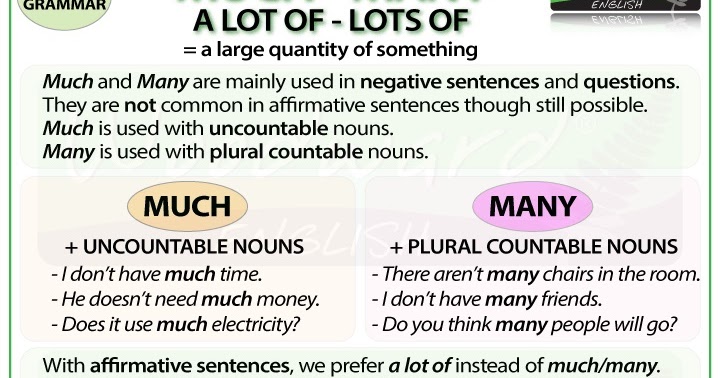 Today, it’s recognised for its sensual and energetic style.
Today, it’s recognised for its sensual and energetic style.
Since its creation in the 1930’s, many types of rumba have been created, most famously Cuban Rumba, Catalan Rumba, Flamenco Rumba and African Rumba. The dance focuses on sensual hip movements, and when it came to England, the anglicised spelling "rhumba" became widely used to distinguish this ballroom dance from traditional Cuban rumba.
6. MamboThis up-tempo dance appeared in Cuba in the late 1930’s, accompanied by the music of the same name. And by 1950 it had taken the Latin dance world by storm, replacing rumba in the United States, as the most fashionable Latin Dance.
7. SambaDeveloped in the 1950’s, samba is a famous dance and musical genre that emerged when people were transported to Brazil from Africa to work as slaves in the mines and sugar plantations. They brought aspects of their musical culture with them. Today, the infectious rhythm of samba is regarded as the national dance of Brazil.
One of the most popular Latin dances, and one of the liveliest, the jive consists of lots of hip rocking and knee movements. The dance style originated in the United States from African-Americans in the early 1930’s, and its official ballroom variation was formalized in the 90’s.
9. QuickstepLight-hearted and fast-paced, the quickstep is one of the most popular ballroom dances around the world today. This powerful dance style was originally developed in the 1920’s in New York City and was first danced by Caribbean and African dancers. Its origins are a combination of slow foxtrot combined with the Charleston, and the glamorous version that is dance today was standardised in 1927.
Professional Performance Dance
Also known as theatre dance, performance dance is usually choreographed and performed to set music. It’s generally performed for an audience in a theatre setting, and it was first introduced in the early years of Italian Renaissance when music, dance, arts and poetry started to rise in popularity.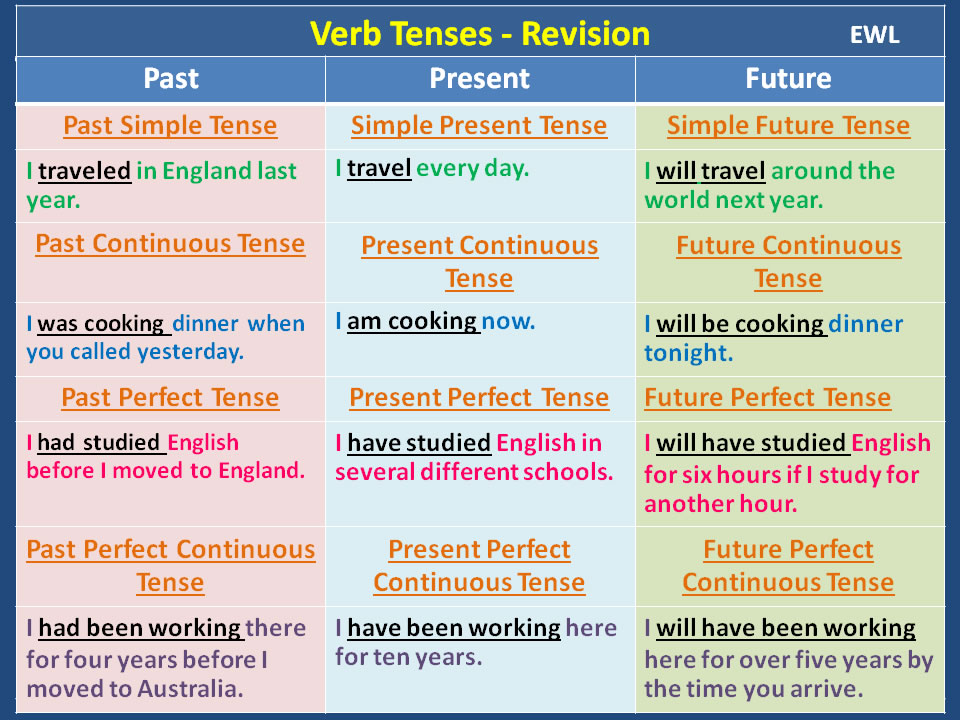
Refined by the efforts of France and Russia, ballet became the premier technical concert dance in the 1500’s, and it’s considered one of the most complicated and most admired dances of all time. But up until 1681, women were not allowed to perform in ballet. Instead, men would dress up to take on female roles until Marie Camargo became the first woman to dance in a ballet. In more recent times, many other professional dances came to be, including Contemporary dance, Concert dance and Modern dance, though ballet remains the most popular for its heritage, complexity and how physically demanding it is.
Different types of professional performance dance include:
10. BalletOne of the most technical and famous of all performance dances, ballet is popular all around the world. It was originally created in 15th century Renaissance Italy, but it soon became popular in countries such as France and Russia. There are four different types of ballet taught and performed around the world today. These include: Classical, Neoclassical, Contemporary and Romantic, the most widely known and performed ballet style.
These include: Classical, Neoclassical, Contemporary and Romantic, the most widely known and performed ballet style.
Soles and fabric are the most important factors when picking your ballet demi-pointes. Check out our advice to pick the right pair for you.
11. Contemporary DanceThis highly complicated type of modern performance dance originated in the mid-20th century, taking elements of classical dance styles (such as ballet), modern styles and jazz dance. Contemporary dance often combines the strong, controlled legwork of ballet, with floor work, and improvisation characteristics of modern dance.
12. Modern DanceThis influential performance dance emerged as a reaction against the classical ballet and its movement style. Developed in the late 19th and early 20th century, modern dance evolved into a popular free dance style that includes elements of performance art, release technique and improvisation.
African-American and Traditional Jazz DanceJazz dance is a performance dance technique and style that first became popular in the United States in the early 1900’s, though the origin of jazz dance can be traced to African rituals and celebratory dances from around the 17th century.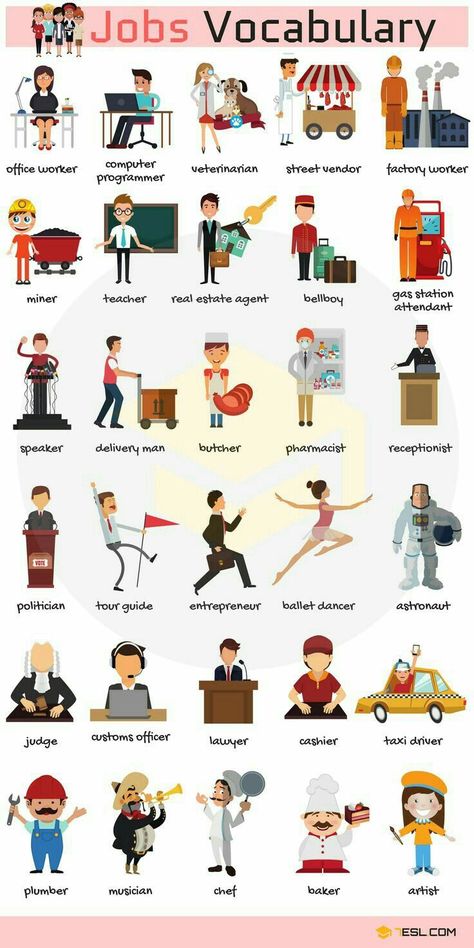
In 1917, jazz pianist Spencer Williams wrote a song called "Shim-Me-Sha-Wabble" which inspired a jazz dance called the shimmy. The shimmy is done by holding the body still, with the shoulders quickly alternating back and forth. The dances that emerged during this period were the Charleston and the Lindy hop. The Charleston is characterized by its “toes-in, heels-out twisting steps", and the Lindy Hop was a wild and spontaneous partner dance.
When the Great Depression began in 1929, people turned to dance as a way to have fun, with little to no cost. Swing dancing became the most popular style of dance in 1930’s and 1940’s America, and today, swing dancing styles are the foundation of many other dance styles including disco, country line dancing, and hip-hop.
Different types of jazz dance include:
13. CharlestonThis extremely popular dance type is named after the harbour city of Charleston, South Carolina. The rhythm was popularized in mainstream dance music in the United States by a 1923 tune called "The Charleston" by composer/pianist James P.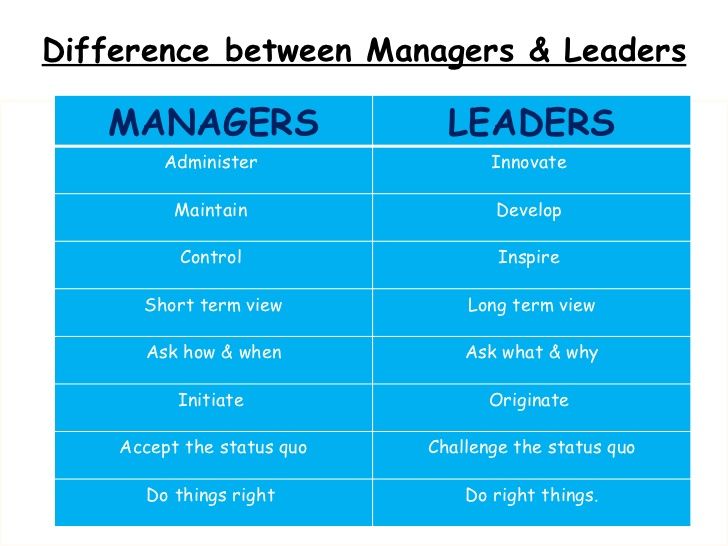 Johnson, and it became one of the most popular hits of the decade. ‘Scandalous’ men and women shed the stuffy etiquette of their parents’ generation and wanted to flap their arms, kick up their heels and let loose – hence the term ‘flappers’.
Johnson, and it became one of the most popular hits of the decade. ‘Scandalous’ men and women shed the stuffy etiquette of their parents’ generation and wanted to flap their arms, kick up their heels and let loose – hence the term ‘flappers’.
This popular style of dance originated in the United States in the early 19th century. Slave owners took away traditional African percussion instruments, so slaves turned to percussive dancing to express themselves and retain their cultural identities. From the 1930’s, tap dance sequences became a staple of movies and television, with tap stars including Shirley Temple, Gene Kelly, and Fred Astaire, who was famous for combining tap with ballroom dance.
15. SwingA form of jazz, swing developed in the United States in the 1920’s. Hundreds of styles of swing dancing were developed, with the best-known of these dances being the Lindy Hop, which originated in Harlem in the early 1930’s. While the majority of swing dances began in African-American communities, some swing-era dances, like Balboa, developed outside of these communities.
While the majority of swing dances began in African-American communities, some swing-era dances, like Balboa, developed outside of these communities.
A playful and improvised partner dance, Boogie-woogie is commonly fasted paced, high energy and is famous for its spectacular footwork. A form of swing dance, it became widely popular during the 1930’s. The step variation for boogie dance is a combination of six and eight count with sharp, quick movements.
17. DiscoDisco dance emerged during the 1970’s, with dances like Bump, Hustle, Robot, Boogaloo and Watergate, reaching its popularity peak with the release of the blockbuster film "Saturday Night Fever." Latin dances such as the samba, cha cha, and tango inspired many of the popular disco moves. It’s said that disco music has since influenced electronic dance music and house music.
Looking for modern jazz shoes? Follow our expert's advice to find the right pair for you.
Latin dance has a rich cultural history rooted in the traditional dances of native peoples of Latin America. These dances were heavily influenced by European colonists and African slaves from as early as the 1500’s, developing into the well-known style of Latin dance we have today.
Latin dance originated in the traditional dances of Mexico, South America, Central America and the Caribbean. And like many cultures around the world, dance was essential in communal ritual life. They were performed during festivals and rituals as a symbolic representation of cultural beliefs. Native Latin dances were very structured and organised, often involving lots of dancers moving in intricate patterns. Traditional dances symbolised events, combat and movement of workers sowing and harvesting.
Today’s popular Latin dances were developed in various cities and countries, before being modified and formalised in the U.S. and Europe by professional musicians and dance companies.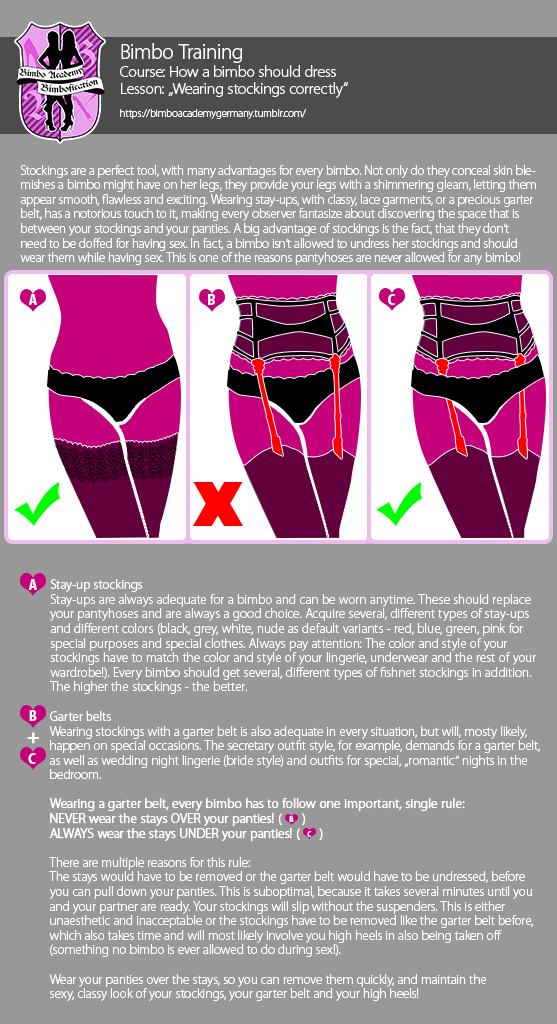 Salsa, for example, has deep roots in Cuba, Columbia and Puerto Rico. The cha cha, rumba and mambo are also of Cuban origin, and the bolero originated in Spain and Cuba, before spreading to the rest of Latin America.
Salsa, for example, has deep roots in Cuba, Columbia and Puerto Rico. The cha cha, rumba and mambo are also of Cuban origin, and the bolero originated in Spain and Cuba, before spreading to the rest of Latin America.
The origins of salsa date back to the 1900’s in Eastern Cuba, where musical elements and rhythms from various styles were combined. Cuban son and Afro-Cuban rumba used diverse musical instruments to create the basis of a rhythm that would later become known as salsa. This new rhythm was combined with American jazz and taken to New York by Cuban musicians. Today, there are two different types of salsa dance which are danced around the world: The Cuban ‘Casino’ style and the Los Angeles (L.A.) style.
19. FlamencoThis famous Spanish dance originated from the region of Andalusia almost 500 years ago, though it wasn’t given its name until the 18th century. It is a diverse dance that mixes different cultural influences such as Islamic, Andalucian, gypsy, Sephardic and Arabic.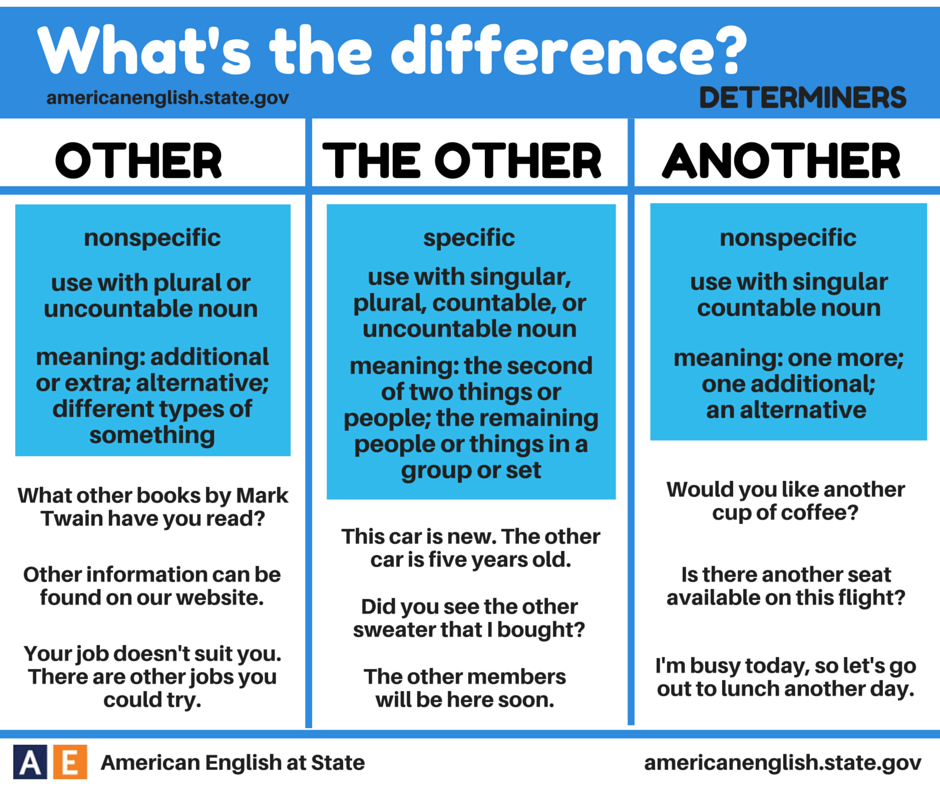 Its passionate and energetic fusion of singing, guitar playing, dance and handclaps has made it famous across the world.
Its passionate and energetic fusion of singing, guitar playing, dance and handclaps has made it famous across the world.
This well-known partner dance originated from Para, Brazil, and became internationally popular in the 1980’s. It fuses aspects of forró, salsa, merengue, maxixe and the carimbó into a passionate dance style. It has a slow-quick-quick rhythm, and it’s distinguished from other forms of Latin dance through the wave-like motion of the dancers’ bodies, which gives the dance its name: Lambada is a Portuguese word referring to the wave-like motion of a whip.
21. PolkaOriginally a Czech peasant dance, polka is derived from the Czech phrase for ‘half-step’, which refers to the dance pattern of stepping from one foot to the other. The polka dance was first introduced to Prague ballrooms in 1835, and to Paris ballrooms in 1840. It grew wildly popular, reaching England and the United States by the late 1840’s.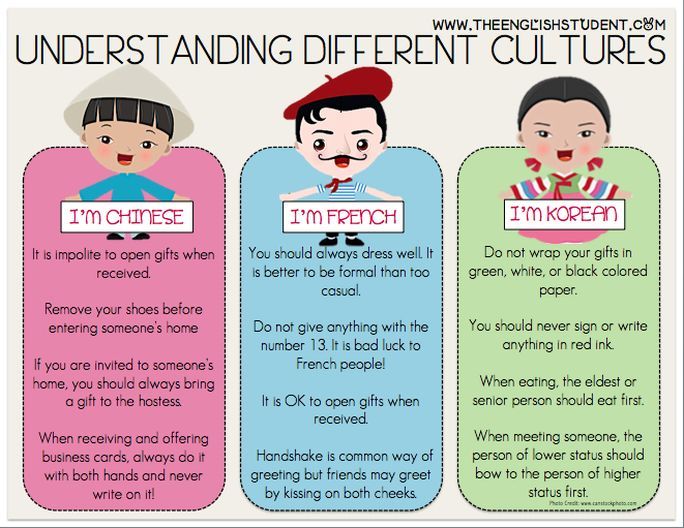 Polish American immigrants adopted the polka as their national dance In the 20th century, and today, polka is one of the few dances that originated during the 19th century that is still popular worldwide.
Polish American immigrants adopted the polka as their national dance In the 20th century, and today, polka is one of the few dances that originated during the 19th century that is still popular worldwide.
The first belly dancers were a group of traveling dancers known as the ghawazee. These women were considered gypsies in Egypt in the 18th century, and were banished from Cairo during the 1830’s. They went on to perform in Upper Egypt, in the Middle East and Europe. The raqs sharqi genre of belly dancing began to develop through the 1900’s, adopting elements from folk dance styles, ballet, Latin dance, and even American marching bands. Belly dancing gained popularity in the United States in the 1960’s during a time when more women were becoming free spirits.
23. Country/Western DancesThe country dance style is a social dance that is closely associated with American country and its Western traditions. It encompasses many forms and styles of dance that can be performed to country-western music.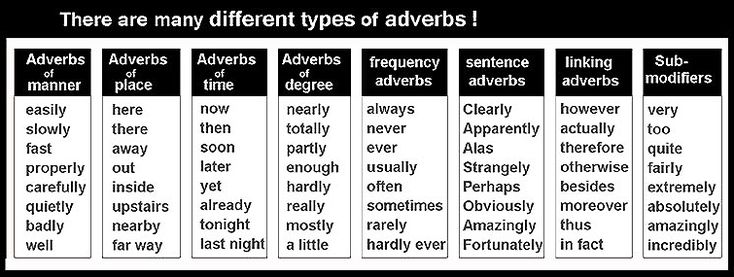 Western group dances include popular line dancing and square dancing.
Western group dances include popular line dancing and square dancing.
Popular all around the world in hundreds of unique variations and styles, folk dances represent cultural heritage and ethnic history of people who live in a certain region or country. They are usually performed at dance gatherings with the accompaniment of traditional music of the region.
25. BollywoodBollywood dance originated in India in the 20th century. It’s characterized by elaborate choreographies, energetic movements, and dances that involve a large number of participants. Initially, Bollywood dancing was only common and popular in areas that watched Indian films, but today, Bollywood is celebrated all over the world.
Hip-hop & Funk DanceHip-hop dance began in New York City in the late 1960’s, and was inspired by the movements of African dancing. It flourished as a new style of dance performed on the street, combining aspects of modern dance, tap and swing.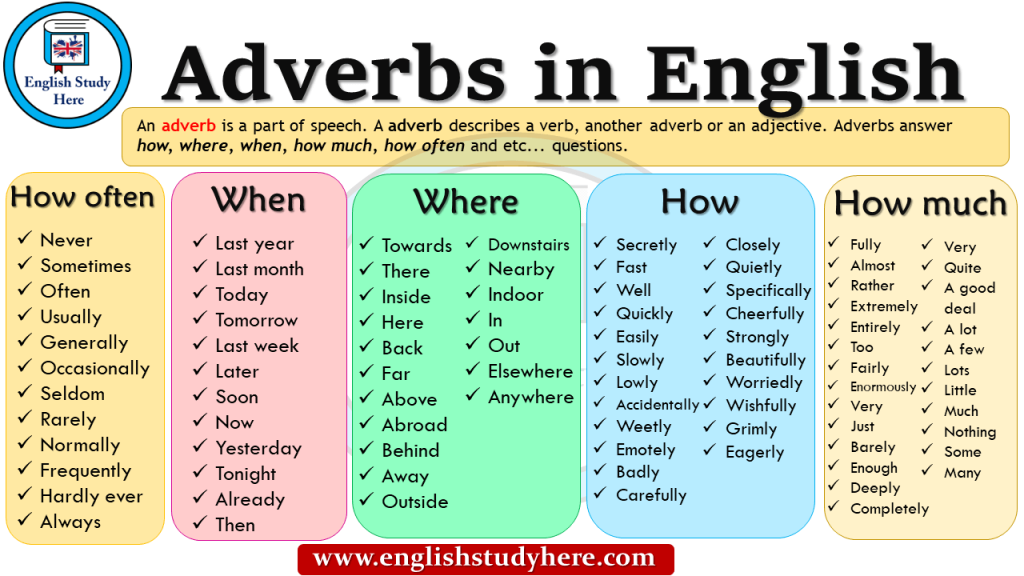 It’s most commonly performed to hip-hop music, and includes a variety of freestyle movements, though it’s three main styles of breaking (of the East Coast), popping and locking (of the West Coast) have led to hip-hop evolving into the highly sought-after and dominant style of dance it is today.
It’s most commonly performed to hip-hop music, and includes a variety of freestyle movements, though it’s three main styles of breaking (of the East Coast), popping and locking (of the West Coast) have led to hip-hop evolving into the highly sought-after and dominant style of dance it is today.
A very similar style called Funk was also created during the 1970’s, and is today regarded as one of the most influential pieces of hip-hop dance styles. Funk styles were created in California, and they are called funk style because they were originally danced to funk music. This differentiates them from breaking, which is traditionally danced to break beats.
Different types of hip-hop dance include:
26. BreakdanceOne of the most athletic dances in the world, breakdancing became popular in the 1970’s as a street dance in New York. Since then, it has spread all around the world where it’s viewed as one of the most unique dance styles ever made. Usually danced solo, dancers perform a series of either choreographed or freeform dance and athletic movements alongside breakbeat, hip-hop or funk music.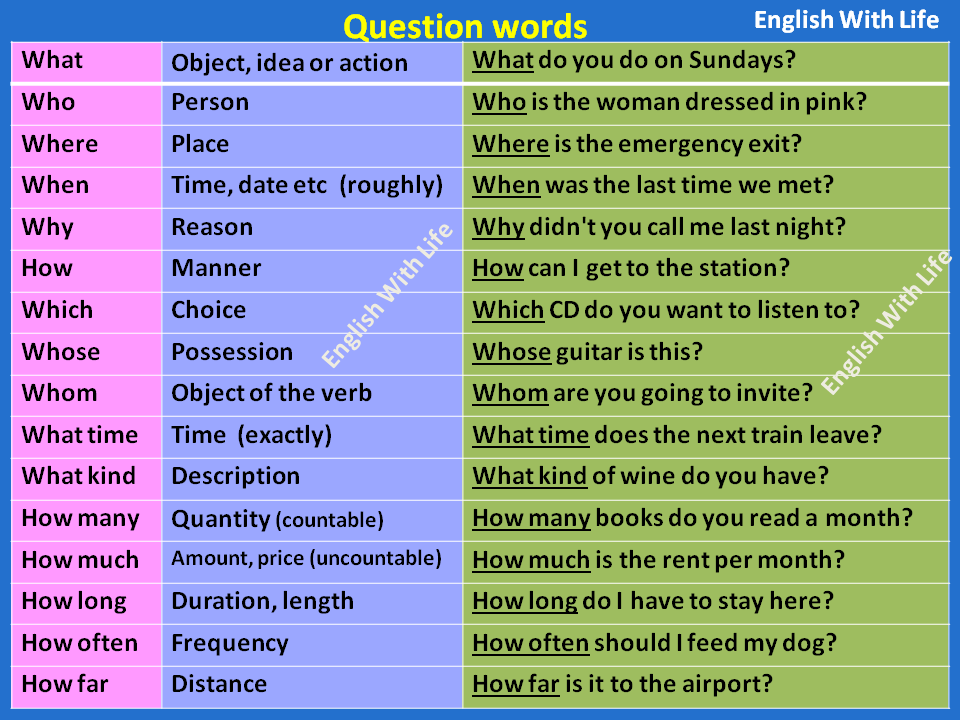
Funk dance is incredibly diverse, and one of its famous variations is ‘locking’. This style of hip-hop dance sees the dancer suddenly stop and hold the position (or get locked) in the middle of dance routines, and then suddenly resume the dance. It requires full body motion, but most of the dance is focused on the top half of the body.
28. PoppingAnother popular funk dance style, ‘popping’ requires dancers to master controlled and quick contrasting and relaxing of muscles that create the feeling of a jerk throughout the body. This jerk is referred to as ‘pop’ or ‘hit’ and can be used to create dance routines and movements.
How can I get started with dancing?
Feeling inspired? There are lots of places where you can enjoy dancing; at dance schools, social venues, or even in your own home. Dancing is a popular way to get fit, and dance-based classes are now available in most fitness clubs and gyms. Dancing can be done both socially and competitively. And it can be practised individually, with a partner or in groups.
And it can be practised individually, with a partner or in groups.
Anyone of any age can take up dancing, so to get started, simply search online for a dance class near you. Or try a few online videos to get a feel for what sort of dance style you like the look of.
Which is Perfect for you?
As technology brings the world’s cultures together and choreographers continue to push the creative envelope, there are more types of dance classes now than ever before. Don’t let all the options overwhelm you, but don’t limit yourself to stereotypes either!
There are many different types of dance, but the fundamentals are often very similar. Read on to learn about each genre and find out which one is most compatible with your personality and interests.
How Many Types of Dance Styles Are There?There are so many different types of dance classes and dance styles out there. Here is a comprehensive dance styles list before we dive deeper into some of the more popular types of dance classes for adults and kids alike:
- Indian classical dance (which can be categorized into other dance styles, like Odissi and Manipuri)
- African-American dance (including break dance, swing, disco, and hip hop dance styles)
- Novelty or fad dances (like the moon walk, gangnam style, or the Carlton)
- Ceremonial dance (such as ritual dances of China and Hadra dances in Islam religion)
- Social dances (waltz, line dancing, samba, and tango are examples)
- Latin dance styles like jive, salsa, and bachata)
- Street dance (like break dancing, tutting, and electro dance)
- Ballet
- Highland dancing
- Tap dance
- Belly dancing
- Lyrical dancing
- Folk dance
- Electronic dance
…. and of course, there are many, many other types of dance classes that aren’t listed here, too.
and of course, there are many, many other types of dance classes that aren’t listed here, too.
The best way to learn all of these different types of dance styles? By taking dance lessons! Sign up here and check out the video below to learn more about everything that the many types of dance classes have to offer (and what to expect) :
https://www.youtube.com/watch?v=pk_D2czb7WsVideo can’t be loaded because JavaScript is disabled: What Happens At Your First Dance Class I What To Expect, Wear, and Pack @MissAuti (https://www.youtube.com/watch?v=pk_D2czb7Ws)
What are the Most Popular Dance Classes?There are all types of dance classes out there! You just have to find the right types of dance classes for your preferences, abilities, and schedule. Some dance techniques and movements take significantly longer to learn than others.
Without further ado, here are some different dance styles you can learn to become a better dancer.
1.
 Ballet
BalletGraceful, elegant, precise, delicate: if these words describe you (or you wish they did), ballet might be the perfect fit.
With classical European roots and a vocabulary that’s still completely French, ballet has a long tradition of developing dancers who look weightless and effortless as they pull off difficult spins, extensions, and footwork.
But it’s far from easy, so if you fall in love with formal ballet, you’ll need to decide whether you want to make a serious commitment. Every professional ballet dancer has years of intense training behind him or her.
Even if you don’t have perfect posture or long, flexible legs, ballet’s structure and symmetry translates easily into other schools of dance. Ballet fusion, for example, takes musical and choreographic cues from wildly different genres, infusing traditional lines with influences that range from modern dance to Motown.
Julia Stiles helped popularize this notion in Save the Last Dance (2001). Her character’s ballet dancing finally came alive when she borrowed moves from hip hop, winning fictional judges’ approval and sending kids scrambling to studios with alternative approaches.
Her character’s ballet dancing finally came alive when she borrowed moves from hip hop, winning fictional judges’ approval and sending kids scrambling to studios with alternative approaches.
2. Contemporary, Modern, and Jazz
Modern schools might look more casual than ballet, but these types of dance classes also incorporate very careful, specific choreography. Modern dance actually emerged a long time ago, when choreographers learned to treat the human body as a versatile tool that can be shaped and molded through dance.
From Martha Graham’s whole-body breathing exercises to today’s high-concept, contemporary performances, modern dance continues to challenge traditional notions of movement and art.
Meanwhile, jazz dance has also evolved throughout the decades, following and embodying popular music trends. From New Orleans jazz clubs to Michael Jackson’s iconic music videos, jazz dance is still a dynamic, current, and high-energy option that’s perfect for music lovers and natural athletes.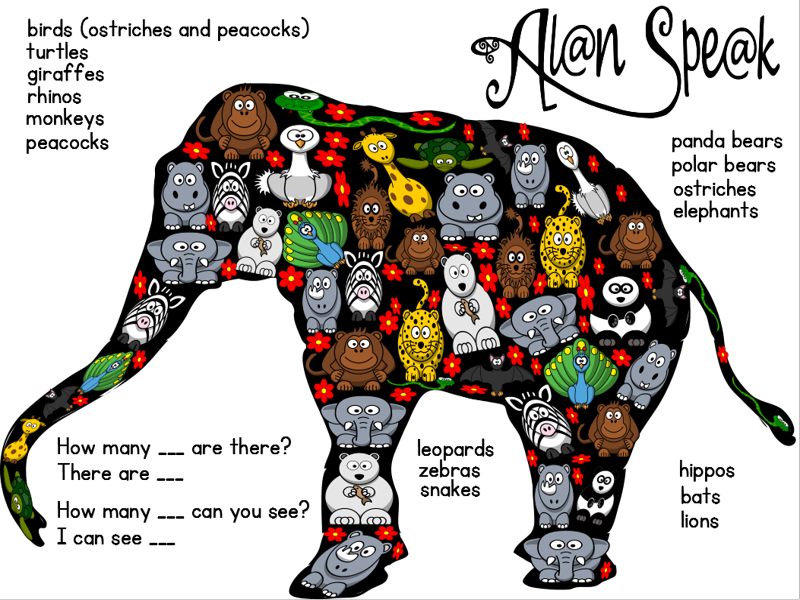
3. Tap Dancing
Singing and acting aren’t the only performing arts that can land you on a Broadway stage, and your mouth isn’t the only body part capable of telling a compelling story. If you’re a naturally expressive person, your friends have probably noticed that you “talk” with your hands and facial expressions, or even with your whole body.
Tap dance is basically the same thing: acting out the details and emotions of stories with your feet. As you learn to control and coordinate the movement of your toes and heels, your internal rhythm and balance will transform for the better. No wonder Fred Astaire couldn’t get enough!
4. Theatrical Dance
Theatrical instruction is an excellent way to channel physical energy and tap into your natural storytelling talents. It’s one of the best types of dance for those who thrive on constant sensory stimulation; props, costumes, music, and backgrounds are important elements of the theatrical dance performance.
Of course, choreographers also incorporate these to complement a ballet’s themes — or to highlight a jazz routine’s musical accompaniment — but for theatrical purposes, the colors and textures onstage are often just as important as the choreography.
5. Ballroom, Swing, and Other Pairs Dancing
One of the best types of dance classes for couples, ballroom dancing also has massive popular appeal!
From Dancing with the Stars to Silver Linings Playbook, ballroom dancing has officially arrived on the pop culture stage. If you’re revisiting your dancing shoes as an adult, this is a great place to start.
As you learn foot sequences and how to lead or follow, your instructor will help fine-tune your posture and sense of rhythm. These dance lessons are usually more casual than solo sessions in a professional studio, and because students have to pair off to rehearse their steps, you get the added bonus of socializing. Classes can be romantic bonding experiences for couples, or give single students a chance to connect with new friends.
Classes can be romantic bonding experiences for couples, or give single students a chance to connect with new friends.
Hip hop dance styles are some of the most popular types of dance fitness classes – and for good reason! It’s hard to find a dance style that will give you quite as good of a workout as this one.
Hip hop is also a popular dance style for children. It’s a great way for them to learn the fundamentals of dance, all while having fun. Each unique dance tells its own story, doing so in an explosive, energized fashion.
After you or your child learn the basics of hip hop, you can even move on to breakdancing – a freestyle form of hip hop that’s even more fun to learn.
7. Latin Dance StylesThere are many different types of Latin dance classes you can take, too. These popular club and ballroom dances spread throughout Europe in the 19th century and became extremely popular – now, they are ingrained in cultural traditions around the world.
They include the classic Latin ballroom styles we know and love today, such as samba, rumba, cha-cha-cha, jive, and paso doble, as well as the more social Latin dances like tango, mambo, salsa, merengue, and reggaeton.
What Type of Dance is Best for Beginners?
These are just eight of the many dance styles you can learn, but there are many more such as hip hop dance, salsa, belly dancing, and so on. If you’re a beginner, then you might find ballet to be the best style of dance for you to learn.
This is one of the reasons why ballet is one of most popular types of dance classes for kids. In ballet lessons, your child will be taught the right poise and technique that will carry them on to a successful experience in any other type of dance they show an interest in later on in life.
These are just eight of the many dance styles you can learn, but there are many more such as hip hop dance, salsa, belly dancing, and so on.
That said, while some types of dance are a perfect fit from the very first lesson, but don’t be afraid to step outside your comfort zone. Cover your bases and sign up for two or three different types of dance classes, if you’re interested in multiple styles.
Cover your bases and sign up for two or three different types of dance classes, if you’re interested in multiple styles.
Improvisation exercises in modern dance class can unleash the creative potential and inner confidence of a quiet, reserved dancer. And the structured nature of ballet choreography can help restless dancers improve their focus and control.
Not sure where to find the right types of dance classes for you? Consider doing a Google search for “types of dance classes for adults near me” (or do a search that’s specific to your children, if you’re looking for various types of dance classes for toddlers or even for older tots). You’re sure to be able to find a wide variety of options depending on where you live and how much you’re willing to spend on lessons!
Have fun, and by taking dance lessons, know that you’re sure to find your niche soon enough!
Photos by gabrielsaldana, [email protected], pasa47, eizus, Huron Tours & Travel
How many kinds of dances are there in the world?.
 Who is who in the world of art How many types of dances are there in the world?. Who's Who in the Art World
Who is who in the world of art How many types of dances are there in the world?. Who's Who in the Art World WikiReading
Who is who in the world of art
Sitnikov Vitaly Pavlovich
Contents
How many kinds of dances are there in the world?
Dancing has existed since the very first steps of mankind. Primitive people in dances depicted the forces of nature, they gave dances magical power. There were also military and hunting dances, wedding and funeral dances. nine0003
They danced in the temples of ancient Egypt and in Greece. It was the Greeks, who admired dance as an art form, who developed it to such an extent that dance ceased to be part of religious ceremonies, but became a source of entertainment. Dances became an integral part of all feasts and holidays among the Greeks. They danced in India and Spain, as well as in the countries of the East.
Later, the country where the art of dancing really began to develop was France.
There are many types of classical dances: the serious and unhurried dance of the court houses of England - the allemande, the intricate French dance - the courante, the majestic sarabande, the jig - the old dance of English sailors, the Norwegian peasant dance of the springar, the Polish polonaise, the Krakowiak, the mazurka and the polka. And, of course, everyone's favorite and ageless waltz. According to experts, there are now more than 250 types of different dances in the world. nine0003
This text is an introductory fragment.
How many kinds of flies are there?
How many types of flies are there? The answer could be: "Only one kind - annoying!" In fact, all non-dangerous types of flies are very annoying, and there are about 40,000 species of flies in total! There is hardly such a corner of the world where they would not suffer from flies, although using chemical
How many types of caftans were worn in Rus'?
How many types of caftans were worn in Rus'? Many types of clothing existed, as it were, in two varieties, depending on the social environment, belonging either to the upper or lower class.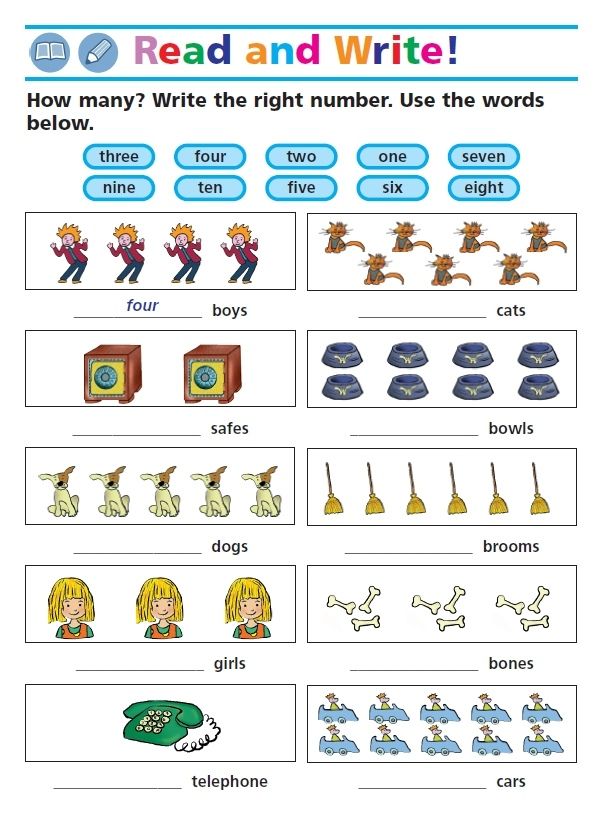 Caftans appeared in Rus' during the Tatar-Mongol yoke. In those days they existed
Caftans appeared in Rus' during the Tatar-Mongol yoke. In those days they existed
How many types of insects are known? nine0024
How many types of insects are known? Today, about a million flying, jumping, crawling, relatively large and almost microscopically small species of insects have been recorded. But entomologists believe they are at least twice as many as 90,003
How many types of palm trees are there?
How many types of palm trees are there? Many of us consider the palm tree to be a purely ornamental tree. We have seen in pictures how these majestic trees line the streets in some cities or grow near tropical beaches. In fact, there are about four thousand different
How many varieties of apples are there in the world?
How many varieties of apples are there in the world? There are enough different varieties of apples in the world to satisfy any, even the most picky taste. There are more than 2,000 of them in England alone. If you look at the whole world, then there will be several times
There are more than 2,000 of them in England alone. If you look at the whole world, then there will be several times
How many species of insects are there on earth? nine0024
How many types of insects are there on earth? Do you know how many species of insects live on our planet? From 2 to 4 million different types! Scientists have described about 625,000 species of insects, and there is little hope that all existing species will ever be described
How many galaxies are there?
How many galaxies exist? Scattered throughout the universe, there are huge collections of stars called galaxies. Our Sun is a star in the Milky Way galaxy, which is made up of billions of stars. It takes about a hundred thousand years for the light from one end of our
How many types of climate are there?
How many types of climate are there? There are many different types of climate on Earth. By the way, climate is a combination of readings of temperature, humidity, wind and sunlight in a certain place for a certain period. The climates of the world can be classified according to
By the way, climate is a combination of readings of temperature, humidity, wind and sunlight in a certain place for a certain period. The climates of the world can be classified according to
How many types of oranges are there?
nine0002 How many types of oranges are there? No one knows exactly where the birthplace of the orange is. Although now it is grown in all warm countries of the world, until recently it was not so widespread. The Greeks and Romans knew about the orange and it was probably brought from India inHow many religions are there?
How many religions are there? What is religion? The word "religion" can have so many meanings that it is almost impossible to describe them in a few words. But six qualities are inherent in most religions. Let's look at them briefly: 1. Faith in the power or powers of heaven is stronger,
How many species of fish live on the planet?
How many types of fish live on the planet? There were no people on earth when the first fish swam on the waters of the ocean. There were not even dinosaurs then, not to mention elephants or any other highly organized living creatures. The first vertebrate animal on earth was
There were not even dinosaurs then, not to mention elephants or any other highly organized living creatures. The first vertebrate animal on earth was
How many types of insects exist in nature? nine0024
How many types of insects exist in nature? What is the word "insect" associated with in the minds of most people? These are usually harmful insects such as flies, mosquitoes, moths and beetles. Or they think of ants, bees and wasps, and attractive insects like butterflies. A
How many species of bats exist in nature?
How many types of bats exist in nature? There are an unusually large number of different types of bats, about a thousand. They live in almost all corners of our earth, except for the polar regions. All types of bats differ in their habits depending on their habitat. And all
How many types of nails are there?
How many types of nails are there? Typically, nails are used to fasten pieces of wood together or to nail other materials to wood. Nails are hammered into the right place with a hammer and held in the tree by friction forces. Some nails are rough
Nails are hammered into the right place with a hammer and held in the tree by friction forces. Some nails are rough
Dance teacher
nine0002 Dance teacher (El maestro de danzar) Comedy (1593) Aldemaro, a young nobleman from a noble but impoverished family, arrives in the city of Tudela with his cousin Ricaredo for the wedding of Feliciana, the daughter of one of the most famous and wealthy citizens, and immediately falls in love withWhat are the varieties of dance movements? | Dance school Cosmo Dance
What are the types of dance movements?
Undoubtedly, dance is a special kind of art, because with the help of various movements a person expresses his inner world, feelings, emotions and various images, mainly doing it to music. In any dance movement there is some specific idea. This is a certain manner of conveying something important to other people, revealing oneself.
In any dance movement there is some specific idea. This is a certain manner of conveying something important to other people, revealing oneself.
The dance has been born and perfected over many centuries, so it is unreasonable to assume that it is inclined towards mere entertainment or useless pastime. Moreover, the emergence of dance refers to very ancient religious customs of our ancestors. Although at the present time around the world there are already quite a lot of different movements in dance. nine0003
Among these movements, one can single out classical or its subspecies - modern ballets, folk dances, Latin American and many others, which are constantly updated and bring more and more new fashion to this day.
Folk movement
is the self-expression of various nationalities that tell about the views, customs, temperament, customs and traditions of their population in dances. For example, this is a gypsy girl - a hot and free dance; hopak - sparkling Ukrainian dance; lezginka - a spectacular Caucasian dance; round dance, trepak and others.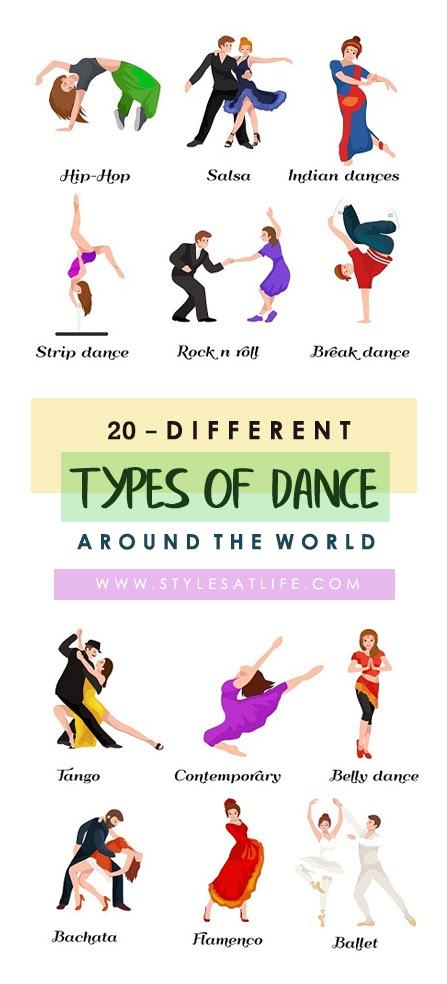 nine0003
nine0003
Historical dances
are dances from the old days. They came to us from the 19th century, for example, these are dances - mazurka, square dance, also from the Renaissance, for example, this is contradans, and from the Baroque, for example, the minuet. Such dances have not lost their popularity to this day.
Hustle
is a dance that is essentially an improvisation, so it is easy to learn and absolutely anyone can perform it. The movements of this dance are performed in the disco style to the music. Hustle has the following varieties: freestyle - free and independent dance; ladies hustle - a dance where 2 partner girls dance; sports hustle and others. nine0003
Swing
- dances that involve jazz rhythm. This direction originated in the 20th century and was created according to African and American dance traditions. Swing includes such types as, for example, boogie-woogie - a super-energetic and dynamic dance that simply “explodes” the viewers and the performers of this dance with drive. This also includes rock and roll - probably the most liberated and free dance of the 50s. Another well-known jive dance is a very frisky dance with free movements. nine0003
This also includes rock and roll - probably the most liberated and free dance of the 50s. Another well-known jive dance is a very frisky dance with free movements. nine0003
Street dancing
- this is a kind of direction, which was most often developed by young men on the streets, in various parks and large venues. There are many varieties of it. For example, this is popping - a dance in which the dancer performs distinct movements, while it seems that his body is vibrating. This also includes breakdance - a dance that combines many elements of a power nature, this is aerobics, some tricks on the arms or legs, plastic. Therefore, such a dance is considered to some extent a sport. nine0003
- Hip-hop - seemingly very simple, but in fact a dance with special difficulties. When this dance was revived, its idea was to protest against injustice and corruption. Well, in the future, this dance began to have different views and rapidly spread throughout the world.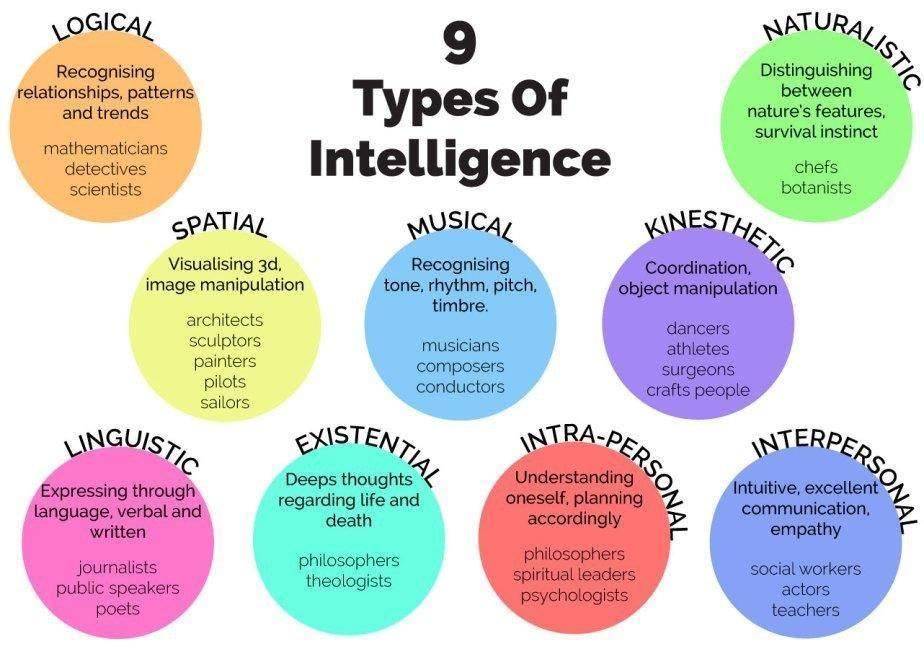 In order to dance it professionally, you need to train for quite a long time. When performing movements in a dance, a large load is transferred to the muscles, so dancers, before learning to dance, must be well prepared physically, develop plasticity and flexibility in themselves. nine0003
In order to dance it professionally, you need to train for quite a long time. When performing movements in a dance, a large load is transferred to the muscles, so dancers, before learning to dance, must be well prepared physically, develop plasticity and flexibility in themselves. nine0003
Erotic dances
- this direction includes dances that emphasize the femininity and beauty of a girl. These are dances such as striptease - a dance during which you must use a pole. It involves a dance in which the dancer, while performing various movements, gradually exposes her body. This also includes belly dancing - a rather plastic and enchanting dance.
Ballroom dancing
is a fairly popular dance, in which exactly two partners participate: a woman and a man. Such a dance is divided into 2 main programs: the first is a standard, this includes dances: tango is an unsolved, mysterious dance that shows the nature of the relationship between partners; waltz - a dreamy and enthusiastic dance performed by a couple in a closed position; quickstep - radiant and perky performance of mobile movements. The second program is latin, here dances: rumba is a dance of feelings; cha-cha-cha - an active dance about carelessness; samba is a dance about beauty and vivid impressions and others. nine0003
The second program is latin, here dances: rumba is a dance of feelings; cha-cha-cha - an active dance about carelessness; samba is a dance about beauty and vivid impressions and others. nine0003
Club dances
are dances that in principle have a large scope in the choice of movements. Such dances are intended for performance on large venues, on the dance floor. For example, such a flow in dances as electrodance is performed to special music at high speed, while the movements are performed with lightning speed and skillfully. This current also includes the tectonics, a fairly free and intricate dance. Among the main movements of a tectonist, one can single out the following: a jump in various forms, instant swings with arms and even legs. nine0003
Children's dances
are dances that previously belonged only to adult dances. Now the younger generation is doing it too. Children need this even more, because the dance is able to restore and improve physical development, prevent the appearance of stoop, and also make a beautiful figure and posture. In addition, it is much easier for children to learn to dance than adults, because they are still very flexible and energetic.
In addition, it is much easier for children to learn to dance than adults, because they are still very flexible and energetic.
Modern dances for girls
— a trend in dancing that is close to young girls and slightly older women. This, for example, is a pole dance - a dance composed of some acrobatic and gymnastic elements. To dance it safely and perfectly, you need to prepare your body well, do physical exercises.
Strip-plasticity belongs to the same trend - a type of dance that allows you to become liberated and irresistible for your beloved man. Such a dance helps to say goodbye to your complexes and become more decisive. nine0003
Another dance in this current is the go-go. This type of dance, which is more related to the flow of club dances. Here the movements are performed more rigidly and aggressively. Dancers must have an ideal figure in order to master the skills of this dance and perform in the future at discos or clubs, not only as amateurs, but also as professionals.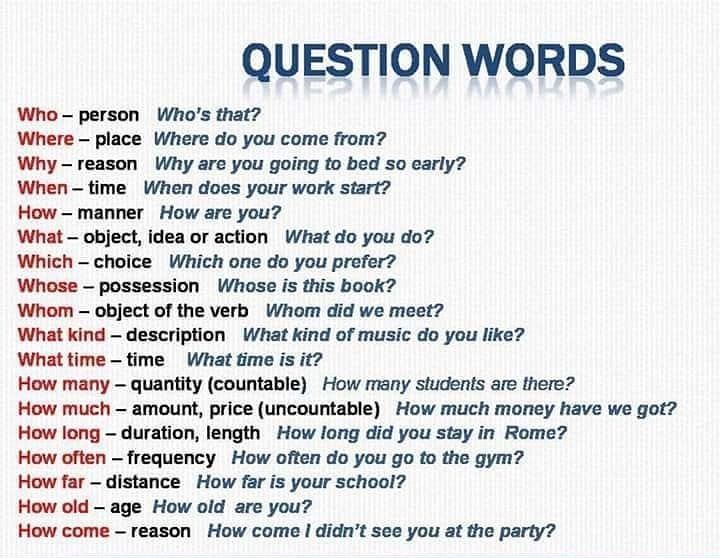 Thanks to these dances, the body becomes beautiful, slender, plastic, and you can also get rid of stoop.
Thanks to these dances, the body becomes beautiful, slender, plastic, and you can also get rid of stoop.
Latin dance
- both imperious and exciting, including the following dances:
- Capoeira - in this dance you can meet acrobatic elements, leg swings, and other movements of a fighting nature.
Flamenco is an interesting dance that sometimes uses castanets. And its "highlight" is that it is danced to the tune of a guitar.
- Bachata is the most popular and sophisticated dance among others in this current, it is also considered a pair dance.
Contemporary styles
are the most current contemporary dances and are most popular among young people. These include: shuffle, jazz, postmodern, go-go, modern, tectonic, hip-hop, breakdance and many others.
Ballet
is the so-called performance, where the content of this performance is embodied in reality with the help of various musical and choreographic images.